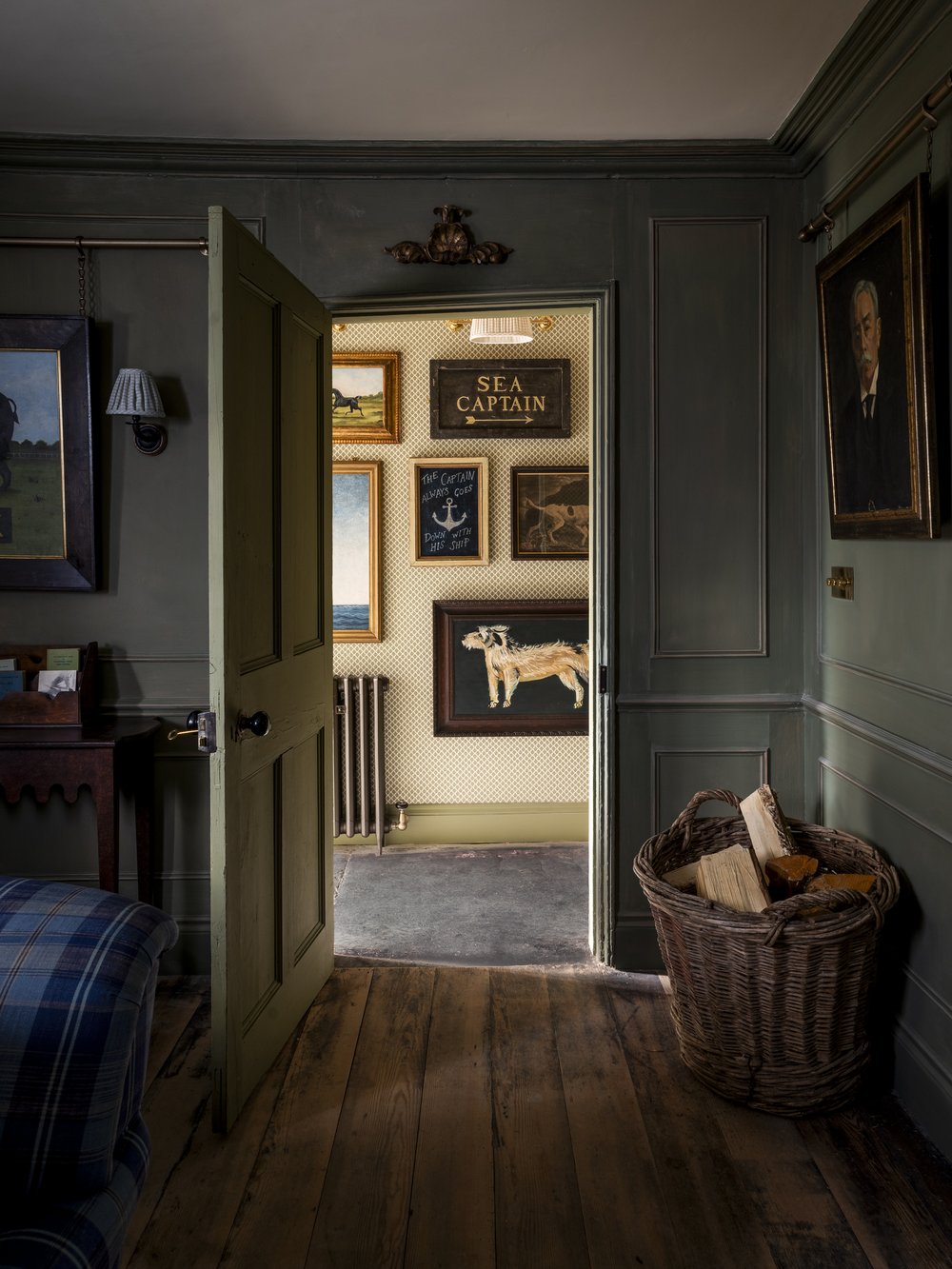
From Rushed to Refined: Embracing a Slower Approach to Decorating
Creating a Home with Intention, Not Urgency
In a world of quick turnarounds and overnight shipping, the idea of taking your time to decorate your home can feel counterintuitive. But slow decorating—an intentional, collected-over-time approach to interior design—is increasingly being recognized as the most effective way to create authentic, personal spaces.
Rather than rushing to furnish and accessorize every room, slow decorating encourages a gradual process that prioritizes meaning, functionality, and long-term satisfaction over immediate results.

image credit: Ham Interiors
What Is Slow Decorating?
Slow decorating is the practice of thoughtfully building a home over time. It values patience, purpose, and personal connection over following trends or achieving a “finished” look quickly. It’s about letting your space evolve with you, incorporating meaningful pieces, and making design decisions based on how you live, rather than how you want your home to appear in a single snapshot.
image credit: Ham Interiors
The Benefits of Decorating Slowly
1. Deeper Understanding of the Space
Living in your home before making major design decisions allows you to understand its natural light, traffic flow, and unique architectural features. You begin to notice which areas need storage, where you naturally gather, and which spaces feel underused. This insight leads to more practical and satisfying design choices.
2. More Authentic Style
When you give yourself time, your personal style can emerge organically rather than being shaped by fleeting trends. Slow decorating allows for the discovery of items that truly resonate with you, resulting in a layered, collected look that reflects your history, interests, and values.
3. Higher Quality Choices
Spreading out purchases over time often makes it easier to invest in better-quality pieces. Instead of filling your home with temporary items, you can choose well-crafted furniture and décor that lasts, often with more character and craftsmanship.
4. Sustainability
Slow decorating tends to align naturally with sustainable practices. It encourages reusing, repurposing, and buying secondhand or vintage, which reduces waste and supports more ethical consumption patterns.
5. More Meaningful Spaces
Rooms created over time tend to have a more personal, lived-in feel. Whether it’s a family heirloom, a souvenir from your travels, or a piece you saved for, slowly built interiors tell a story and feel more emotionally connected than spaces designed all at once.

image credit: Ham interiors
How to Start Slow Decorating
Start with the essentials. Focus first on function—furnish your space with what you need to live comfortably, then layer in decorative elements over time.
Observe your habits. Notice how you use each room, where light falls throughout the day, and what items you reach for most.
Take time to research and source. Look beyond big-box retailers. Explore vintage shops, auctions, and local artisans.
Don’t rush to fill every corner. Negative space can be powerful. Allow room for your home to grow and change.
Be flexible. As your needs and tastes shift, your space can too. Slow decorating gives you permission to adapt.
Conclusion
Authentic interiors aren’t created overnight. They emerge slowly through thoughtful decisions, collected experiences, and pieces that carry meaning. Slow decorating isn’t about delay—it’s about intention. By taking your time, you’re not just decorating a house—you’re building a home that truly reflects who you are.
-Juliette

